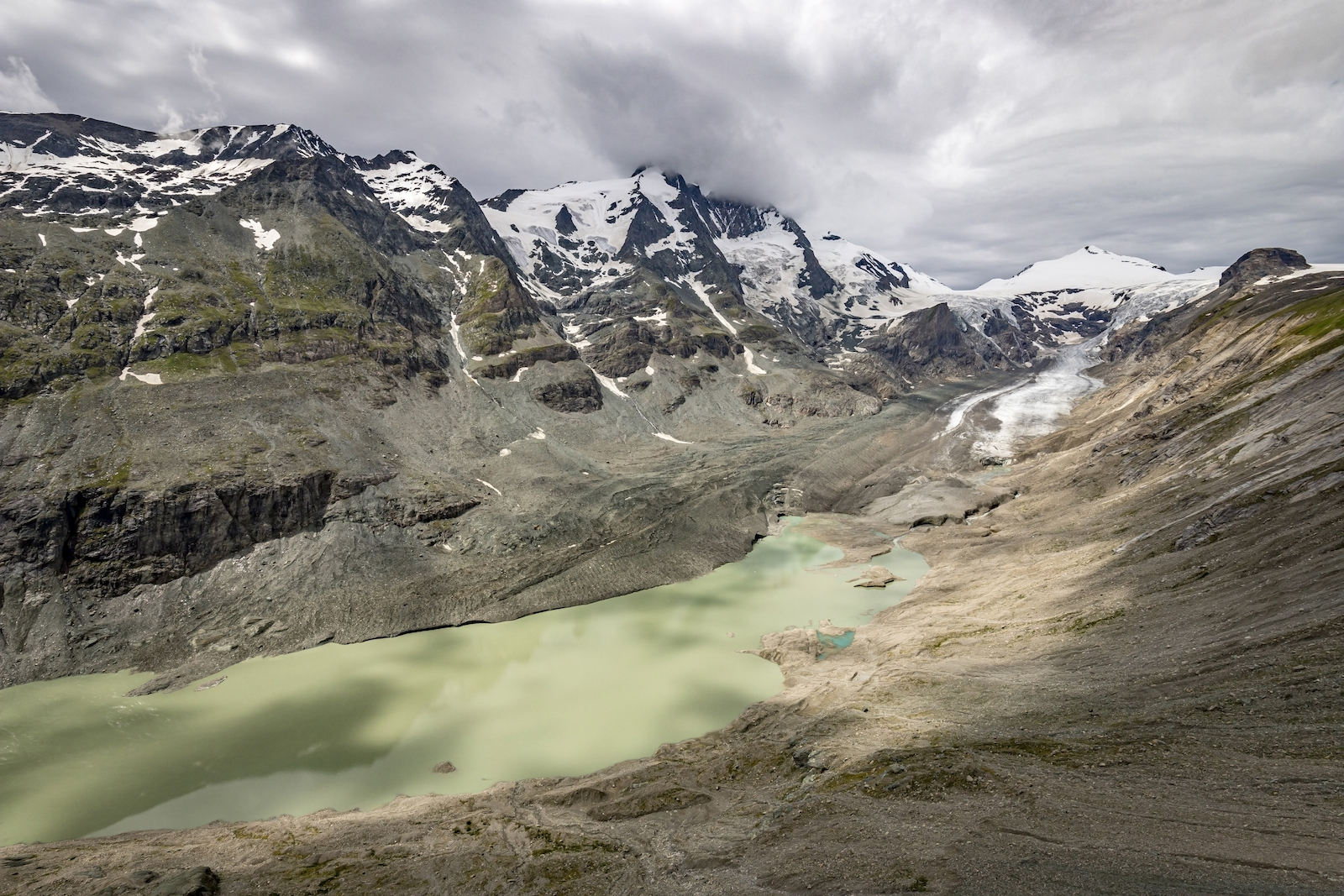It seems like every year a report is released documenting the scale of snow or ice loss in the Arctic. But, what about the climate significance of rising temperatures in snowy regions nowhere near the Poles? A recent study from researchers at University of Lausanne and the University of Basel has explored this exact question as it pertains to the European Alps.
In a first-of-its-kind study, published in the journal Science, the researchers used satellite imagery to investigate changes in Alpine snow cover over the last 38 years. As climate change has warmed the region, more precipitation has fallen as rain instead of snow.
But the climate-driven changes to the region did not just manifest snow loss: While the researchers did find that Alpine snow cover had decreased significantly in about 10 percent of the observed area, vegetation levels had increased significantly in 77 percent of this observed area. This result even surprised the study’s authors. Sabine Rumpf, lead author of the study and assistant professor at the University of Basel, noted that “The scale of the change has turned out to be absolutely massive in the Alps.”
Although the finding that Alpine snow cover has only diminished by 10 percent may sound like good news, it still does not bode well for the region. The possibility of further Alpine snow loss, in both extent and thickness, could have dire consequences on lives and economies in the region. Snow in the Alps is critical to European water reserves; as much as 40 percent of European freshwater comes from the Alps. Additionally, regional tourism is heavily dependent on abundant snow. Between 1960 and 2017, the Alpine snow season lost 38 days.
Furthermore, the study’s researchers warned that the unprecedented “greening” of the Alps might imperil future snow cover. Warmer temperatures have allowed more plant species to thrive and essentially out-compete traditional Alpine flora, Rumpf explained. This increase in green coverage could actually intensify warming from climate change.
“Greener mountains reflect less sunlight and therefore lead to further warming – and, in turn, to further shrinkage of reflective snow cover,” Rumpf said.
This feedback effect is likely to exacerbate regional snow cover loss in coming years. The researchers also highlighted that one of the factors you can’t determine from satellite images – snow thickness – may already be in jeopardy. Satellite sensors detect colors when identifying surface conditions like vegetation or snow coverage. So when scientists want to look for snow, they’re just looking for the color white on the surface. But the color alone doesn’t indicate how deep that snow might be. For that reason, the study was not able to speak to snow loss by volume.
“For years, local ground-based measurements have shown a decrease in snow depth at low elevations,” Grégoire Mariéthoz, one of the study’s authors, revealed. “This decrease has already caused some areas to become largely snow-free.”
While Alpine greening is concerning, it’s probably better than at least one alternative – Alpine “browning.” If shallow snow – the kind typically found at lower elevations – were to creep up to the higher altitudes, it could actually kill much of the new vegetation detected in the study. While thick snow thermally insulates plants, allowing them to survive, a thin layer of snow could kill the new vegetation. The resulting brown patches could potentially absorb more sunlight and make warming worse.




